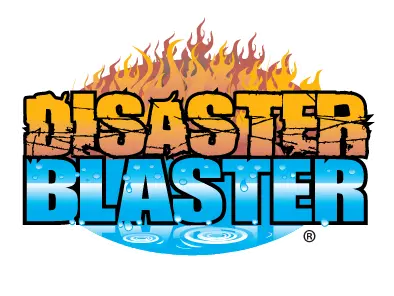
As most people that contact us have never suffered an Insurance Claim before, we often try to help them through the process as best we can. This is particularly important in the case of Water Damage as it is a particularly sudden claim and damages increase rapidly if not mitigated properly and as quickly as possible. As a result, we wanted to go over what someone can expect when they have a Water Damage.
For a detailed explanation of the types of water damage and why it matters, please see our previous news story: Do You Know Where The Water Came From?
What should you do?
• Act quickly when you find water damage. Water begins travelling (wicking) immediately. Quick response by you, does save money and potential repair costs.
• Depending on the source or size of water damage, contact your insurance agent to report a claim. Keep in mind that it is often what you cannot see that results in the most damage. Water trapped in wall, floor, or ceiling cavities can quickly result in mold growth or structural damage if not addressed timely.
• For damage caused by flood, sewer or drain; please contact your agent to confirm your coverage. These are typically endorsements and will generally have their own coverage limits.
• For Mold resulting from a covered water claim, contact your agent to confirm coverage. While some insurance carriers include limited mold coverage as part of their policies or through available endorsements, some may offer no coverage for mold contamination.
• Contact a Water Damage Restoration Company, such as Disaster Blaster, to begin the mitigation and drying. Response by the company should be no more than 2-3 hrs from when you contact them.
• Whether the damage is covered or not, quick response by you is essential. Delaying the drying will only increase the need for repairs and additional costs.
What should your Insurance Company do?
• Not all insurance carriers send a field adjuster for small to mid-size claims. Some carriers might “desk adjust” the claim. Your Water Damage Restoration Vendor should assist with all details and documentation required by your claims handler.
• If there is a coverage concern based on the source of water damage, the claims handler will ask for utility documents or a plumber’s report. Submitting this quickly will help the adjuster make quick and thoughtful determination of your claim.
• Your insurance adjuster or claims handler will review the entirety of your claim, supplied documentation, and contractor billings and release payment to you in accordance with your insurance policy. Depending on the carrier, they may require that you complete finalization paperwork prior to releasing some or all of these funds.
• For damage that is covered by an insurance claim, the mitigation and repairs will be covered by your insurance carrier. The deductible would be applied to the mitigation, Repairs, or personal property (replacement of contents).
What should your Mitigation Company do?
• When the Water Restoration Technicians arrive they will need to locate the source of the water and determine how far the water has travelled.
• The carpet may need to be extracted to remove as many gallons of water as possible.
• The technicians will likely remove the baseboard and check the wall cavities for water/moisture.
• If moisture is detected in the wall cavity, the technicians will need to create access to the wall to allow air flow, evaporation and dehumidification. Ideally, and depending on the saturation and dwell time, the access holes can be minor and at the baseboard level.
• Carpet will need to be pulled back. The carpet pad will be removed and disposed of. If the carpet is delaminated, the carpet is not salveagable and will also be removed.
• The crew will need to apply an antimicrobial treatment to affected areas to hinder mold growth during the drying process.
• The technicians will place dehumidifiers and high velocity air movers throughout the affected area to promote evaporation of the moisture.
• Salvageability of contents and building materials cannot be determined until after the drying process is complete.
• The mitigation crew will need access to the property over the next several days to check on the drying process and reposition equipment as necessary.
• For sewer or flood damage, porous materials (ceiling tiles, insulation, carpet, carpet pad, drywall) cannot be salvaged because of the level of microbials. These porous materials will need to be removed, while other surfaces will be cleaned with a disinfectant.
We at Disaster Blaster recognize that water damages of all kinds can happen at any time of the day, so we proudly make ourselves available 24 / 7 so that we can limit the extent of your damages immediately.
Should you suffer a water damage and need immediate assistance, please do not hesitate to contact your local Disaster Blaster office.
Interested in older news stories? Please see our Archive.
